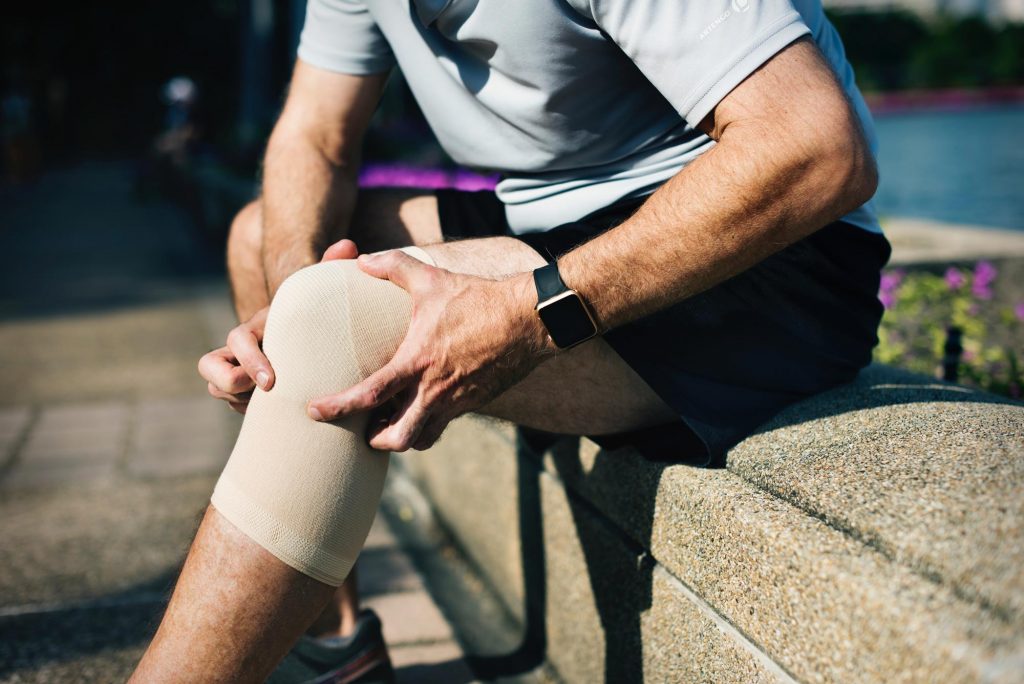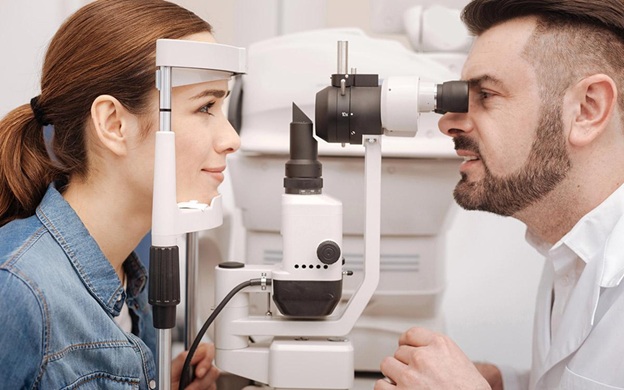Fixing Movement, Protecting Joints: A Practical Guide to Lifelong “Kin” Health

Joint pain, stiffness, and nagging injuries don’t just affect one person—they affect the whole “kin” group around them. When a parent can’t bend easily, kids notice. When a grandparent struggles with stairs, everyone adjusts. Over time, small mobility problems can quietly shrink what a family is able to do together.
The good news: you don’t need to be an athlete to protect your joints and movement. With a few smart habits, some basic strength work, and better organization of your health information, you can keep your body moving more freely for years to come.
Why Joint and Movement Problems Sneak Up on Us
Most people don’t wake up one day with “sudden” arthritis or back pain—it builds slowly:
- Long hours sitting at desks, in cars, or on couches
- Old sports injuries that were never fully rehabbed
- Weak supporting muscles around the hips, knees, shoulders, and spine
- Extra body weight increasing stress on weight-bearing joints
- Repetitive motions at work or home without enough recovery
Because these changes happen gradually, it’s easy to ignore early warning signs: stiffness in the morning, soreness after basic tasks, or needing more support from railings and furniture. Paying attention early gives you a chance to fix the pattern instead of just treating the pain.
Step 1: Get a Clear Picture of Your Movement Health
Before you can “fix” anything, you need to know what’s really going on. A basic movement health check might include:
- Where it hurts: Which joints bother you most—knees, hips, shoulders, back, ankles?
- When it hurts: First thing in the morning, after activity, or at the end of the day?
- What you can’t do anymore: Squatting to pick something up, getting off the floor, climbing stairs, carrying groceries.
- What has changed recently: New shoes, new job, more sitting, less exercise, weight gain, or a recent fall.
If you’ve had X-rays, MRIs, or physical therapy evaluations, gather those reports together. The patterns in your tests and notes often tell a clearer story than memory alone.
Step 2: Build a Foundation of Daily Joint-Friendly Movement
You don’t need complex workouts to start helping your joints. A simple, consistent routine goes a long way:
1. Daily walking
Aim for regular, low-impact walking most days of the week. Even 10–20 minutes at a time can:
- Lubricate joints
- Increase blood flow to cartilage and muscles
- Reduce stiffness from sitting
2. Gentle mobility “snacks”
Sprinkle short mobility breaks into your day, especially if you sit a lot:
- Neck circles and shoulder rolls
- Gentle hip circles while standing near a counter
- Ankle circles and calf stretches
- Easy spinal rotations while seated
Think of these as movement snacks—not workouts—just enough to break up long periods of stillness.
3. Respect your pain signals
Some muscle fatigue or mild discomfort is normal when you move more. Sharp, stabbing, or worsening joint pain is not. If an exercise consistently causes sharp pain, modify or stop it and talk to a professional.
Step 3: Strengthen the “Support Team” Around Each Joint
Strong muscles act like shock absorbers for your joints. You don’t need heavy weights to benefit—bodyweight and light resistance are often enough to get started.
For most people, it helps to focus on:
- Hips and glutes: Bridges, clamshells, mini-squats, step-ups
- Core and back: Bird dogs, dead bugs, planks (even from knees or a counter)
- Knees: Chair squats, wall sits, slow controlled lunges within your pain-free range
- Shoulders: Rows with bands, light wall push-ups, external rotation with a band
Start with 2–3 strength sessions per week, with a day of rest in between. Your goal isn’t to train like a bodybuilder; it’s to give each joint better muscular support so daily life feels easier.
Step 4: Organize Your Rehab and Health Information
If you’ve ever lost a home exercise print-out from a therapist or forgotten exactly how a stretch was supposed to look, you’re not alone. Over time, many people collect:
- Physical therapy exercise sheets
- Doctor visit summaries
- Imaging reports (X-ray, MRI, ultrasound)
- Pain diaries or activity logs
When these are scattered in different folders and emails, it’s hard to see progress or share the right information with new providers.
A simple system might look like this:
- A main folder on your computer or cloud storage called Kinfix_Health_Records
- Inside it, subfolders like Joints & Mobility, Back, Shoulder, Knee, Hip
- PDFs of therapy programs, reports, and notes saved with clear names like
- 2025-03-10_PT_Program_Knee.pdf
- 2025-04-02_MRI_Left_Hip_Report.pdf
This makes it much easier to track what you’ve tried, what helped, and what still needs attention.
To keep everything tidy, you can use a browser-based PDF tool such as pdfmigo.com to manage your documents. For example, you might merge PDF therapy plans, imaging reports, and doctor notes into one “Knee Health Pack” before a specialist visit, and later split PDF files to share only specific pages with another provider or family member who’s helping with your care.
Step 5: Use Your Records to Have Better Conversations With Providers
When your joint or movement issues don’t improve with self-care, you may need help from:
- Primary care doctors
- Physical therapists
- Sports medicine or orthopedic specialists
- Chiropractors or other movement professionals
Bringing organized information to these visits makes them more effective. Instead of trying to remember everything on the spot, you can:
- Show a simple pain or activity log (“My knee hurts most after stairs, less when walking on flat ground.”)
- Share your combined “Joint Health Pack” PDF with key reports and therapy plans
- Point out what exercises or treatments have helped—or made things worse
This turns the appointment into a problem-solving session based on real patterns, not guesses.
Step 6: Make Movement a Family Value, Not Just a Prescription
“Kinfix” health works best when the whole household participates, even in small ways:
- Family walks after dinner instead of everyone separating to screens
- Choosing weekend activities that include gentle movement—parks, light hikes, swimming
- Doing a short stretch routine together in the living room while chatting or watching TV
- Teaching kids and teens how to warm up properly before sports, so they protect their joints early
When movement is part of family culture, it’s easier for each person—young or old—to stay consistent.
Step 7: Adjust the Plan as Your Body Changes
Joint and movement health isn’t a “one and done” project. As you age, change jobs, gain or lose weight, or recover from injuries, you’ll need to adjust:
- The intensity and type of exercise you do
- The surfaces you walk or run on
- Your footwear and any supportive devices you use
- How often you need professional check-ins
Checking in with yourself every few months—how you feel, what you can do, what still hurts—helps you pivot before small problems turn into big ones.
Protecting your joints and movement doesn’t require a miracle cure. It requires noticing early signals, staying gently active, building strength around vulnerable areas, and keeping your health information organized so professionals can actually help you. With a clear plan and a little consistency, you can “fix” more than just pain—you can preserve the freedom to move with your kin for years to come.







